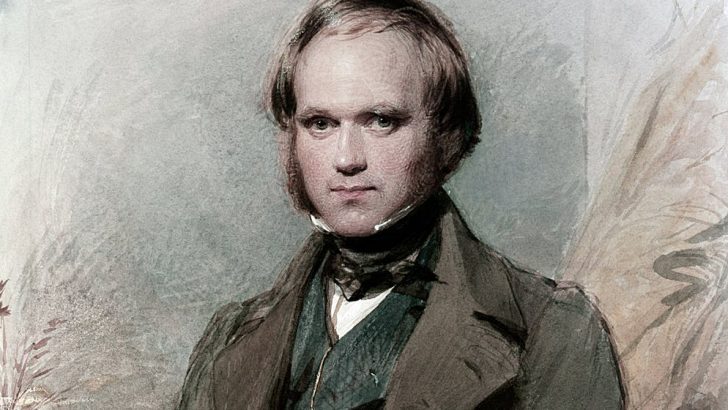Mainly about Books by the Books Editor
It has long amazed me the amount of abuse that creationists and many evangelicals heap upon the head of Charles Darwin.
Much of what is said is simply wrongheaded, or relies on over simplistic interpretations of the Book of Genesis (one of the most challenging books of the Bible in terms of sources, content and ancient editing). These critics, however, seem themselves to have little experience of academic life, or even exposure to academics. The professor in his ivy covered tower is some sort of bogey man.
A period of enforced idleness recently due to illness found me reading Darwin’s Voyage of the Beagle (1839) in a copy I was given in my teens. I had not looked into it for a very long time, but for those wishing to understand something of Darwin’s experiences and how they led him to his later theories it is worth reading, at least in part.
The young Darwin then in his 20s, was a favourite student of the professor of geology in Oxford, Charles Lyell, who recommended him as the naturalist for an official voyage of exploration and mapping around the coasts of southern South America.
This youthful Darwin was then intent on a career as a vicar in the Church of England. He was then a theist at least but he must also have carried with him the Unitarian views of his family – Christians who did not accept the divinity of Christ. His religious views (whatever they were) do not intrude into the pages of the book.
On the voyage he was exposed to geological scenes which confirmed in him the ideas of Lyell that the world he saw around him was the result of long ages of change.
On reaching the Galapagos Islands however he gained another insight into the nature of change. He observed that the finches on the various islands were all slightly different. Isolated from each other, they had developed slightly different characteristics.
Changes
These small biological changes, if extended over the aeons of geological time, he had already observed in Argentina and Chile would produce in the end very different creatures from those of which they started out with.
The basic ideas of the Origin of Species were in place. But that book did not appear until the end of 1859, but it, and the Descent of Man (1871), proved both popular and controversial.
The idea that the Christian clergy were wholly against him is a mistaken one. Many Presbyterians (perhaps because of the strong opposition in the Anglican churches), were more accepting.
This is the Darwin who still proves controversial. But this is not the only Darwin. In the decades of a very long life he studied flowers and their changes, and also the nature and activities of the common earth worm. His studies of worms – he is the organ of the wormerys that one now finds in so many school – reveals an astonishing side to nature, how everything is connected.
The lowly worm far from being insignificant was one of the most important creatures on earth, because quite simply the action of the worms was what creates and maintains the health of the very soil we walk on, and from which we take so much of our food.
To some minds Darwin’s work with worms revealed the real glory of creation, the interdependence of all living things, indeed all things, animal and mineral on the earth.
Yet very strangely it is this later Darwin, the bearded sage whose photograph is so familiar from articles and books, who seems never to be read by creationists. Many of them might well be surprised by what they read.
The Formation of Vegetable Mould through the Action of Worms, with Observations on their Habits (London, 1881) may not seem to be the most exciting kind of reading; but these ideas expressed in this book go to the very heart of the modern ecological movement.
Before taking Darwin to task about his monkey uncle, perhaps some of his critics should acquaint themselves with a wider range of his ideas, and try themselves to understand what doubtless they would call ‘God’s Creation’ a little better in detail.


 Peter Costello
Peter Costello A young Charles Darwin
A young Charles Darwin 